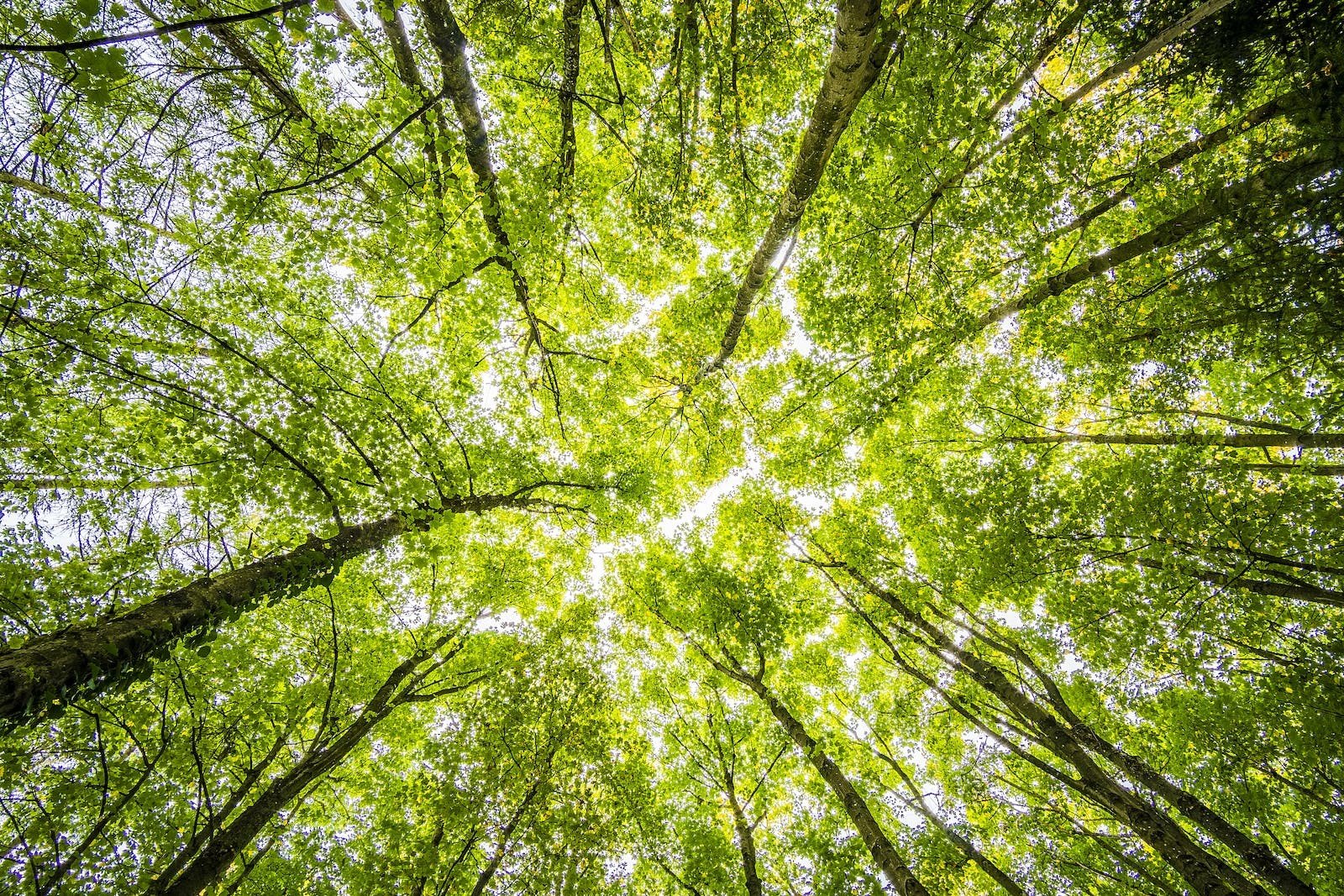Environment
Recycling Within the Waste Hierarchy
Waste management is based on the waste hierarchy, which prioritizes waste prevention. If waste generation cannot be prevented, the hierarchy then dictates the following steps: preparation for reuse, recycling, other recovery, including energy recovery, and finally, disposal. (citation - Ministry of Environment - Ministerstvo životního prostředí )
The possibilities for waste management can be best illustrated using the schematic pyramid, where the most beneficial waste management method is at the top and the least beneficial at the bottom.
The best solution appears to be waste reduction. In the case of tires, this means reducing tire consumption, which in practice could only be achieved by limiting vehicle usage. However, in the context of global economic growth, this option does not seem very realistic in the foreseeable future.
The second-best option would be the reuse of old tires or at least their partial utilization. In the case of tires, this process is called retreading. How does it work in practice? A new rubber tread is placed on the tire's inner carcass, allowing the tire to be reused. Retreading can be done multiple times, depending on the quality of the tires´ original carcass. However, this solution is temporary, and after the tread wears out, the tire will need to be disposed of, so it is not a final solution. Regeneration of rubber can be added into this category – a process aimed at obtaining a replacement for primary rubber in new, usable, mixtures.
The third-best choice is recycling, which involves breaking down the waste into its original materials. For tires, this includes rubber, steel, and textiles. This separation process occurs at companies like RPG Recycling, s.r.o., and the recycled materials can be used to reduce the demand for new rubber and steel production.
The fourth option is using the material for energy production. However, from a sustainability perspective, this is not really a favorable option, because the original product is destroyed, and only a fraction of the energy invested in the production of the original product is recovered. Tires are widely used for energy production in cement kilns, among other applications.
Landfilling or land disposal should be the last and worst option. However, in some parts of the world it is still a common practice. Tires are not biodegradable, and in the EU, tire landfilling has been banned since 2003.
In the Czech Republic, the first Waste Act was enacted in 1991. Currently, waste management is regulated by Act No. 541/2020 Coll., on Waste, which became effective on January 1, 2021. This law establishes the rights and obligations of entities in the field of waste management and promotes the basic principles of a circular economy, environmental protection, and human health when dealing with waste. The disposal of end-of-life products is regulated by Act No. 542/2020 Coll., which also became effective on January 1, 2021. Waste packaging is regulated by Act No. 477/2001 Coll. on Packaging, as amended. (Quoted from the Ministry of the Environment (citation - Ministry of Environment - Ministerstvo životního prostředí )
The waste hierarchy is part of EU legislation, Directive 2008/98, and is implemented as environmental legislation in other parts of the world. EU member states are obligated to seek waste disposal solutions at the highest possible level of the hierarchy. The scientific tool for measuring the impact of various waste disposal methods is called Life Cycle Assessment (LCA).
Recycled rubber and its impact on the environment
Recycled rubber from end-of-life tires is widely used in applications where it comes into direct contact with the environment. The most common application is infill material on artificial turf pitches or as an additive to asphalt for road construction. In many countries, numerous scientific studies have been conducted to assess the environmental impact of recycled rubber.
One of the significant environmental concerns is the potential leaching of organic chemicals from recycled rubber – PAHs. Commission Regulation (EU) 2021/1199 of July 20, 2021, set a maximum limit of 20 mg/kg for the sum of eight polycyclic aromatic hydrocarbons (PAHs) that may be present in granules or mulches used as infill material on artificial turf pitches or in loose form on playgrounds or sports grounds.
Compared to incineration, recycling offers significant environmental benefits. A Life Cycle Assessment (LCA) study conducted by a prominent tire-recycler documents that significantly less CO2 is emitted into the atmosphere. Tires contain sulfur (used in the vulcanization process) that vaporizes during incineration and can contribute to acid rain. In the case of recycling, however, absolutely no sulfur is released into the atmosphere.
In the Czech Republic, with the change in the Waste Act (effective from 2021), measures were introduced for products made from waste and for ending the waste regime. Criteria that such a product must meet in order to be placed on the market have been established for manufacturers and waste-material-management companies. The introduction of products to the market is subject to approval by the Ministry of Industry and Trade and also an approval by the regional hygiene station. Based on meeting all the conditions prescribed by the Waste Act and related regulations, permission is subsequently granted for waste processing and utilization.
Contact us
You can call us at +420 774 055 974 or write us a message.




